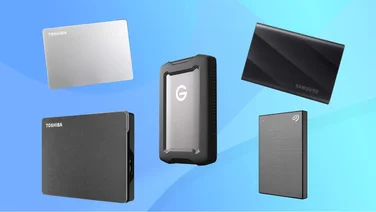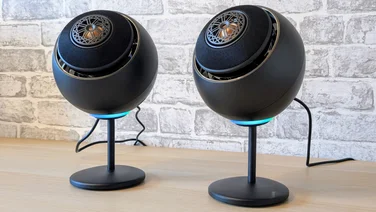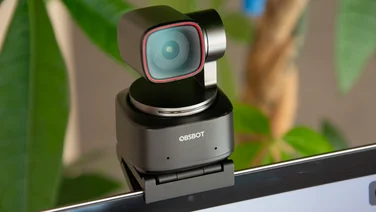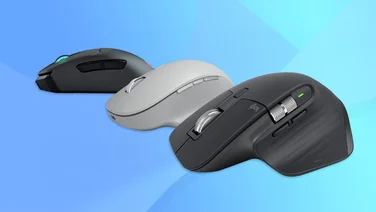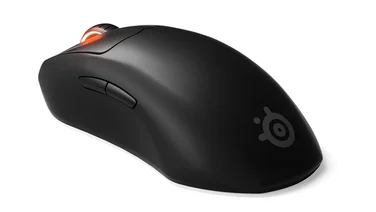To help us provide you with free impartial advice, we may earn a commission if you buy through links on our site. Learn more

Despite advances in both battery technology and the hardware it powers, portable power banks are still very much a necessity for smartphone owners stepping away from a wall outlet for more than a day, or people using multiple devices who need extra endurance out on the road.
Unfortunately, beyond going with one of our own power bank suggestions, there are a few common (and not so common) mistakes buyers make when picking out power banks that, by the end of this article, you’ll know to avoid.
1. Buying power banks with low endurance
Lithium batteries, and battery technology as a whole, are constantly evolving to improve how durable the battery is. All power banks that currently exist have a fixed number of rated battery charge cycles, after which the power bank loses a significant amount of its capacity, and it’s downhill from there.
Cheaper power banks using older lithium battery technology might only offer a few hundred cycles before they’re kaput, which is fine if you only need to use your power bank occasionally. However, if you’re going to use that power bank often, you can burn through those cycles quickly, so keep an eye out for batteries rated at a higher number of charge cycles.
And while you’d think a LiFeP04 (Lithium Iron Phosphate) power bank might make more sense – they tend to have more rated power cycles and lose capacity slowly – the tech only tends to find its way into larger, power stations, designed for camping and off-grid backup.
The other alternative technology you might want to keep an eye out for is graphene-infused battery, but although one or two companies (such as Uze) are making these, they do tend to be very expensive.
2. Buying a power bank that’s too big
It’s easy to overestimate and end up buying a power bank that’s too large and impractical for your needs – so take your time and run the numbers. It might turn out a smaller model delivers more than enough power for your needs.

You might also get carried away and buy a power bank that’s too high in capacity. For example, if you fly often with your power bank, you probably want to purchase one that’s rated under 100Wh in size, because most airlines won’t let you board with it otherwise.
We asked Mark Robinson, Regional Director of Product Management, EME at Belkin, for advice on charging capacity. He offered a handy rule of thumb:
“Smartphones are getting more and more powerful and have bigger batteries. If you want to change your phone 2-3 times, buy a 10,000 mAh power bank. If you want to charge 4-6 times, buy a 20,000 mAh power bank.If you’re sharing a power bank with the family or you want it to last, go for 25,000 – 27,000 mAh.”
3. Not realising you already have a “power bank”
You may not realise it, but you might not actually need to buy a power bank at all; the device in your pocket, your bag or the boot of your car may already be capable of giving your other devices a quick top-up in an emergency. For example, the DJI smart multi-battery chargers for drones usually come with a small adapter that turns those drone batteries into a USB power bank.
Similarly, if you have battery power left on your laptop, you can charge your phone from a USB port . Your car is effectively a rolling power bank, too, as far as your phone or laptop is concerned, and modern cars usually have multiple USB ports with decent charging speeds.
And if you have power tools from companies like Ryobi or Makita, like a cordless drill, you can purchase USB converters that turn their battery packs into power banks. This is perhaps not the most attractive solution, but it’s a good way to get more use out of batteries you’ve paid for, but might rarely use.
4. Buying a power bank with too few ports
If you only have one device to charge, it’s probably OK to get a slimline power bank that only offers one port. However, most of us carry around multiple devices, from headphones and tablets to handheld gaming consoles, and there’s a good chance you’ll have to charge more than one of them at the same time.

This is when having a bigger power bank with enough ports to charge and accommodate them all is better than carting around multiple small power banks. Of course, you need to balance your actual needs versus the cost, size, and complexity of a multi-port power bank, but if you under-estimate, you’re in for plenty of frustration.
5. Buying a power bank with the wrong charging standards
While all USB devices will at the very least fall back to the slow tricky-charge of basic USB, if you have devices that can charge rapidly, it would be a shame if the power bank you buy doesn’t match up with that standard.
These days, USB PD (Power Delivery) and Qualcomm Quick Charge are pretty much universally supported, but some power banks may still only support older fast-charging standards (Quick Charge, for example). This means although they have plenty of capacity, they’ll take hours to charge and be charged themselves.
As Nick Drewe of Wethrift points out:
“One of the more common mistakes I see consumers make is to pick a power bank only based on capacity — specified in mAh — and ignore output power and whether or not it will work with their devices. While a high-capacity power bank may seem flashy, if it can only achieve 1A charging at a time, your devices are going to take hours to come back to life.”
6. Buying a no-name, potentially unsafe power bank
Lithium battery technology is volatile and dangerous, which is why reputable manufacturers will include numerous safety features to ensure they charge and discharge safely.
You might remember a few years ago how “hover boards” of dubious origin spontaneously caught fire and in some cases even burned homes down, and that same caveat applies to power banks. Make sure you only buy a power bank that conforms to safety standards such as the CE marking for products from Europe and the UL marking for US products.

Mark Robinson, Regional Director of Product Management, EME at Belkin had this to say:
“Beware of cheap power banks. Buy from a reputable retailer and brand like Belkin.Check it has the correct safety markings like the CE or UKCA mark. Cheap power banks may not have the same levels of safety protection or high-quality components.”
If a power bank seems too cheap, that’s a good indication that you might be getting a knockoff or a no-name device that’s potentially unsafe. Suffice it to say that online sellers who bring in products at rock-bottom prices from overseas should be avoided for lithium-battery products.

